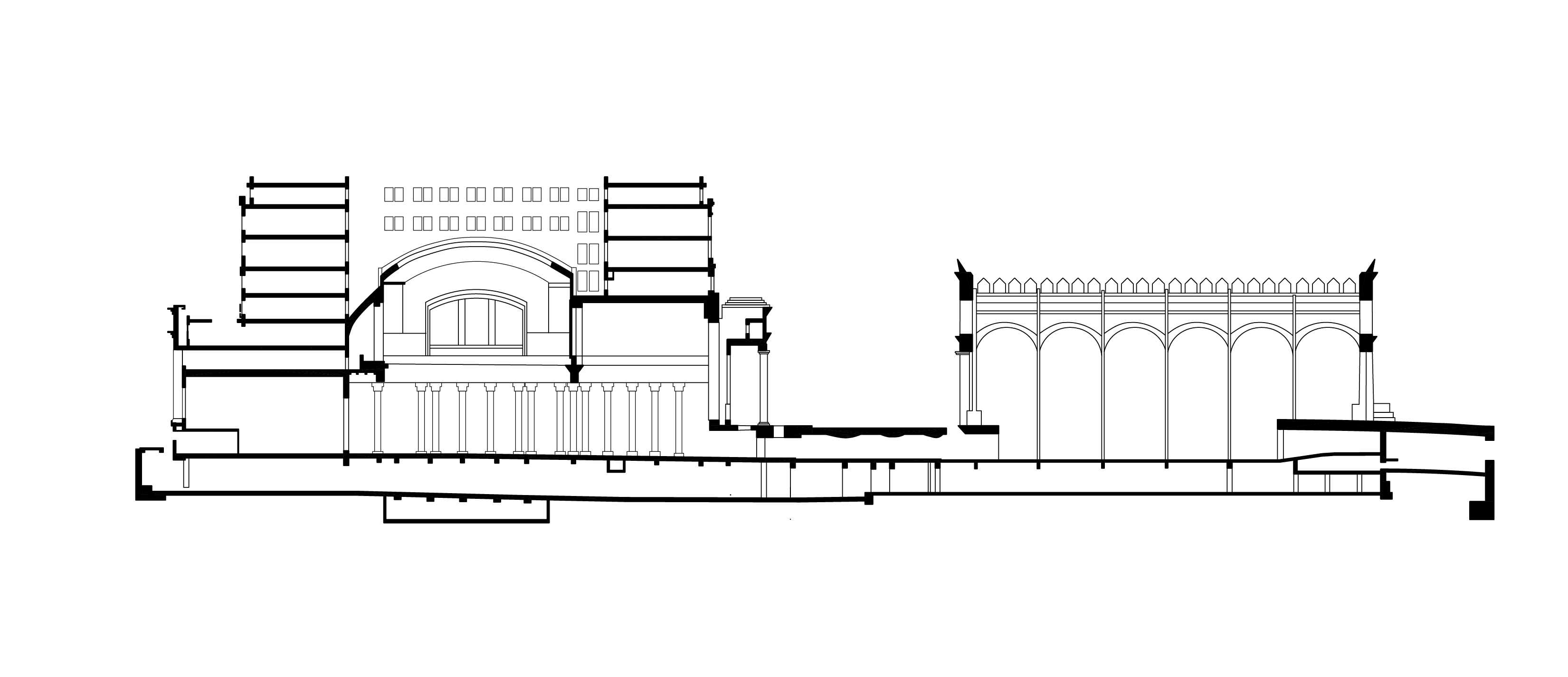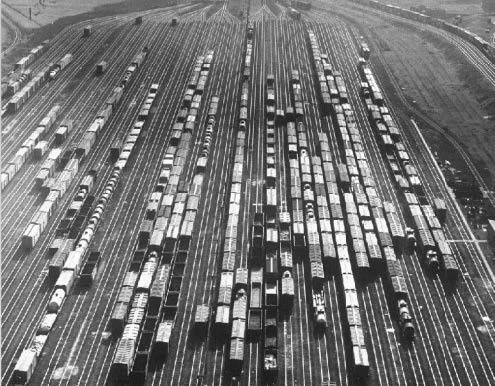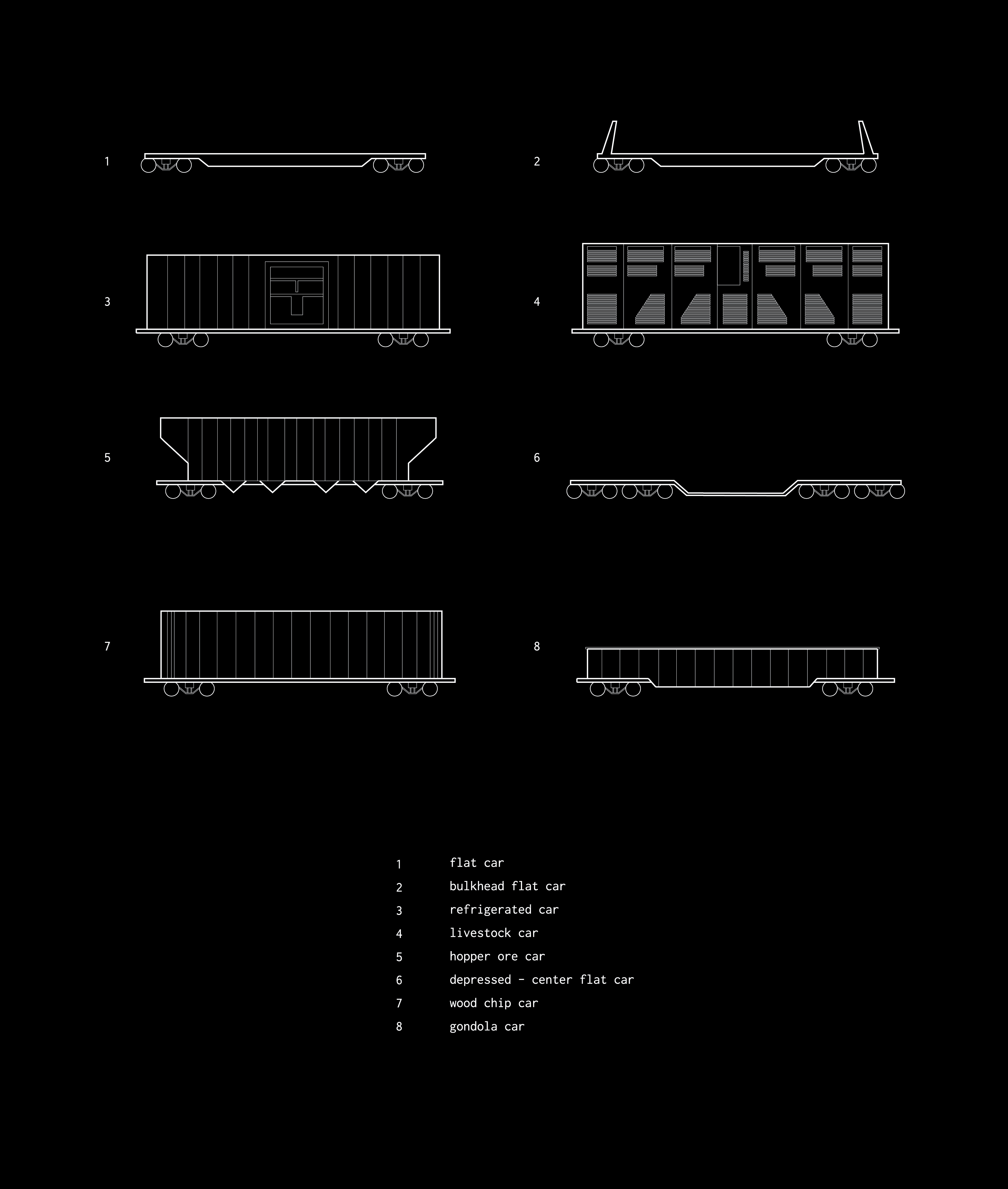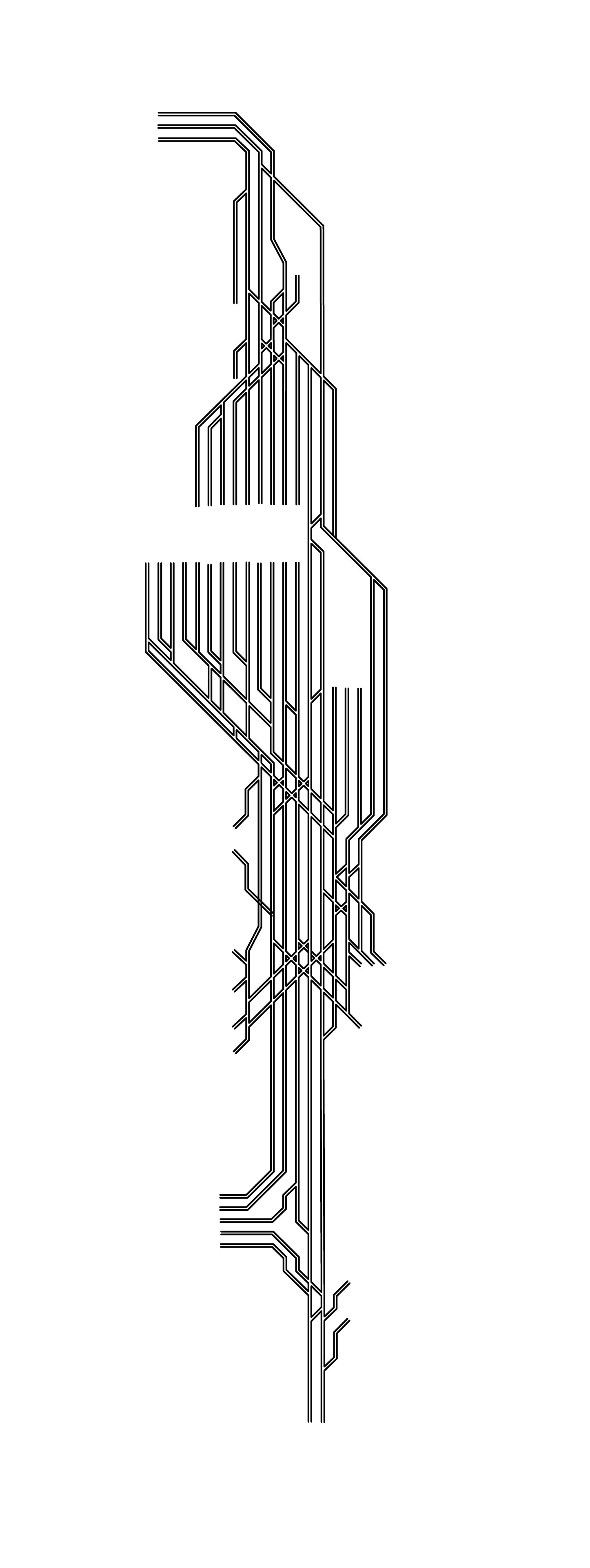hives
architecture, industry and labor [undergraduate design studio]
Part I: collective historical research of the relationship between architecture, industry and labor in Chicago through a typological atlas of buildings and structures.
Part II: individual study of architecture as it relates to industry + labor using existing Chicago planned manufacturing districts as the site.
*Land Acknowledgment
Chicago is part of the traditional homelands of the Council of the Three Fires: Ojibwe, Odawa and Potawatomi, among other indigenous tribes that call the area home. They are acknowledged as the original stewards of the territory we now occupy. Prior to their forced removal, the site was an area of collective trade, gathering, and culture. The research focuses on industry, architecture and labor that changed this land.
Hives [Architecture and Freelance Labor] aims to analyze the industrial era of Chicago and how current systems of labor shape Chicago today. The necessary expansion of Chicago was possible due to the beast-like scale of production. As Chicago morphed into an industrial hub of the Midwest, it marked the beginning of a ‘Mechanical Renaissance’ : where the machine is established as a crucial part of the production process that converts resource into product.
Chicago relentlessly capitalized on raw materials (lumber, steel, grain, meat) and resources (territories, waterways, large working-class labor) to produce commodities (housing, food). The buildings reveal the literal liquidization of labor and commodities as the colonization of the West aligned interests and power. We focus on the condition of labor, the economy of work, and the types of architecture that guide these regulations. Manipulation of territory and deep-rooted investment in industry is a foreshadowing precursor to current-day consumerism and the acceleration of living, we come to the question of why a building exists. ‘Hives’ aims to convey that a building is not an isolated object, but part of a larger system that built Chicago.








